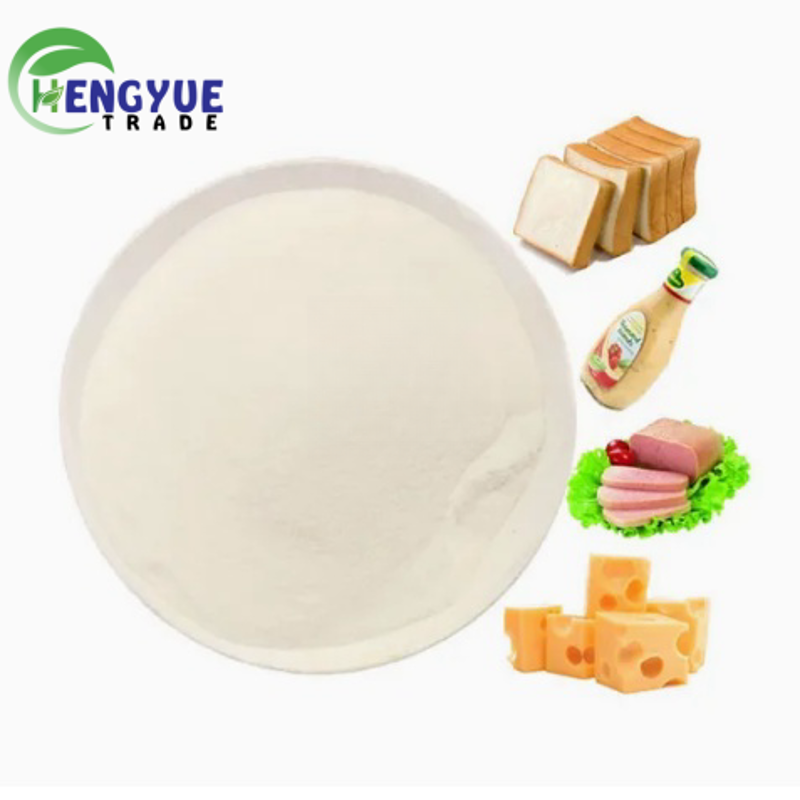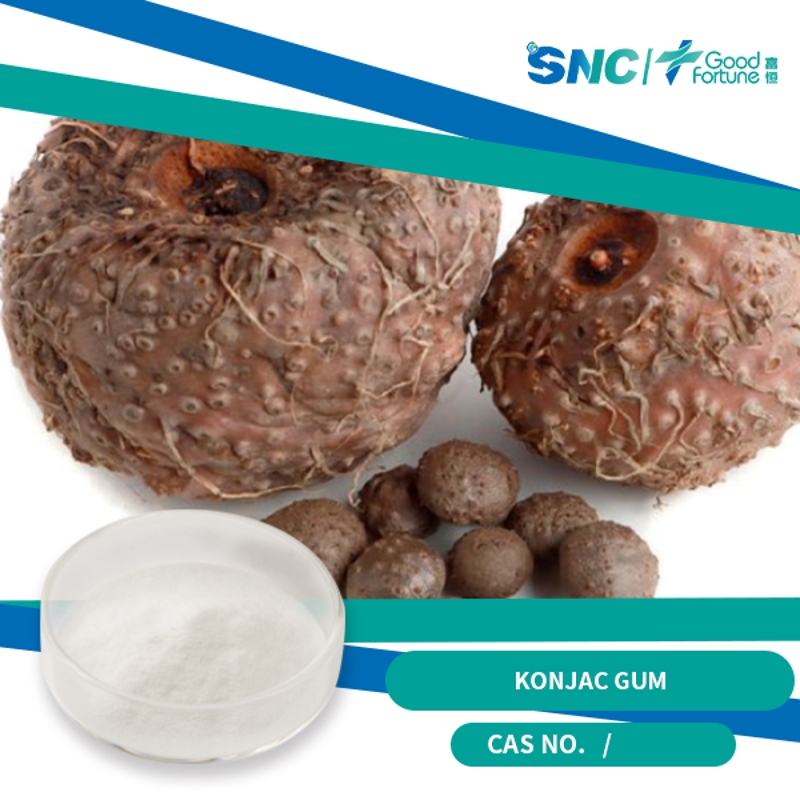-
Categories
-
Pharmaceutical Intermediates
-
Active Pharmaceutical Ingredients
-
Food Additives
- Industrial Coatings
- Agrochemicals
- Dyes and Pigments
- Surfactant
- Flavors and Fragrances
- Chemical Reagents
- Catalyst and Auxiliary
- Natural Products
- Inorganic Chemistry
-
Organic Chemistry
-
Biochemical Engineering
- Analytical Chemistry
-
Cosmetic Ingredient
- Water Treatment Chemical
-
Pharmaceutical Intermediates
Promotion
ECHEMI Mall
Wholesale
Weekly Price
Exhibition
News
-
Trade Service
original title: Can these ice cream/ice creams be safe to eat? The head of the group ate more than a dozen kinds,the group leadersummer is a good season to eat cold drinks.
the hot weather, children and even parents will not be able to control the hand stretched to ice cream and ice cream, a mouthful down, cold, heart flying., however, ice cream or ice cream is often reported to be ineligible during sampling.last year,
Zhejiang Online-Anji News Network
reported that 44 batches of ice cream (including common varieties and net red varieties), resulting in 2 batches of net red ice cream "double yellow eggs" colonies total number and coliforms are not qualified. Recently, the Guangdong Provincial Market Supervision Bureau announced 15 batches of non-conforming food, there are 3 batches of frozen drinks (mainly ice cream, ice sticks), involving microbial pollution problems, non-conforming items for the total number of colonies, Coliform., are parents concerned about the ingredients list when buying such products? Do you know any additives in an ice cream or ice cream?
come with the head of the regiment and have a look.according to the relevant national standard documents,
Ice Cream
and
Ice Cream
are explained as follows:Ice milk:
with drinking water, milk and/or dairy products, egg products, Fruit products, soy products, sugar, edible vegetable oil, etc. one or more as raw materials, add or not add food additives and/or food nutritional enhancers, by mixing, sterilization, homogeneity, cooling, molding, freezing and other processes made of frozen drinks.ice cream:
of expanded frozen beverages made from processes such as drinking water, milk and/or dairy products, egg products, fruit products, soy products, sugar, edible vegetable oil, etc., adding or not adding food additives and/or food nutrient enhancers, made from processes such as mixing, sterilization, homogenizing, cooling, aging, freezing, hardening, etc.it is thus seen that the difference between ice cream and ice cream is that the processing process and the degree of expansion is not the same. In the national standard, the content of ice cream fat, protein, etc., is slightly higher than ice cream.Ice Cream National Standard Science and Technology IndexIce Cream National Standard Science and Chemical Indicators Ice Cream is divided into
national cream ice cream
,
seed ice cream
and
plant fat ice cream
, the difference in the proportion of milk fat quality score is different.e.g., full-fat ice cream requires the main part of the milk fat quality score of more than 8% (excluding non-milk fat), half-milk ice cream requires the main part of the milk fat quality score is greater than or equal to 2.2%, the body part of the fat ice cream milk fat quality score is less than 2.2%.is precisely because ice cream on the milk content requirements, but also make its taste than ice cream, ice cream and other cold drinks more silky.of the three are divided into
-type
and
combination
, clear type does not contain particles or block accessories, combined refers to other types of frozen drinks and/or chocolate, pie and other food products.the corresponding national standards for ice cream do not have the requirements for milk content, only
-type ice cream
and
combination of ice cream
two categories. If the ice cream added fruit ingredients, the standard also clearly stipulates: the original juice content score is less than 2.5%, can only be labeled as "fruity ice cream", the original juice content quality score of 2.5%, can be labeled as "juice ice cream", only fruit-containing fruit meat (or fruit blocks) of the product, can be called "fruit ice cream." . Additives commonly found in ice cream or ice cream products are sweeteners, thickeners, acidity regulators, emulsions, colorants, etc., as follows: Sweetener Aspartame:
In accordance with the Health Standards for the Use of Food Additives, foods that add aspartame should be noted aspartame (containing phenylalanine). Because there is a genetic disease patients, called phenylketonuria patients, such patients are born with a lack of an enzyme, resulting in phenylalanine metabolic disorders, so that phenylalanine can not be transformed into tyrosine, such patients if eating food containing phenylalanine, will bring greater health risks to the health of such patients. the Joint Expert Committee on Food Additives (JECFA) under the World Health Organization (JECFA) after evaluation,
finally determined that 40 mg per kilogram of body weight as a daily allowable intake.
the European Food Safety Authority (EFSA) agrees that the data is safe for the general population. Colorant Lemon Yellow:
Lemon Yellow is one of the artificial colors listed by the state for hygienic use, in addition to sebum red, leek red, sunset, new red, indigo and other artificial colors. according to the Food Additive Use Hygiene Standards, lemon yellow can be used in fruit juice drinks, carbonated beverages, candy, jelly and other foods, but the amount of use is strictly limited. For ice cream, maximum usage 0.02 g/kg. According to the regulations lemon yellow can not be used in infant food, studies have shown that children who eat too much lemon yellow, but also to the intellectual harm. emulsifier single, diglycerin fatty acidest:
for sweets, chocolate, margarine, prevent oil and water separation, improve product quality. For ice cream, can make the tissue mix edion, delicate tissue, smooth, puffed activity, improve the preservation. thickener sodium methylene cellulose:
used to stabilize acid-milk beverages and increase the viscosity of the yogurt system. Because it is a edible material, it does not have adverse effects on human health. yellow raw glue:
can control the product's fluidity, structure, flavor and appearance, but also to ensure a good taste. , there will also be cara glue, hedgehog gum (also known as bean gum), pectin and so on. in addition to the ingredients on the ingredients list, you will often see the term
NRV" as
"Nutrient Reference Value". Nutrient reference values are a nutritional reference measure when consumers choose food, representing 100 grams or 100 milliliters or a serving of food containing a certain nutrient, the data indicate that the modified product provides a percentage of the body's daily demand. example, the World Health Organization currently recommends no more than 2 grams of adult sodium per day, i.e. less than 5 grams of salt per day, children are different from adult energy needs, should be reduced as appropriate in the light of adult daily intake. If, if the NRV% of a certain food sodium is 20%, if you eat 100 grams of the food, you consume 20% of the sodium needed for a day, and the NRV% of another food sodium is 105%, and if you eat 100 grams of the food, you consume not only the full amount of sodium needed for a day, but also more than 5%. note that
NRV applies only to labeling nutritional labels for prepackaged foods, except for children under 4 years of age and foods specifically intended for pregnant women. . This ice cream is a combination of full milk cream, raw milk is greater than 55%, in line with national standards more than 50% requirements. Whole milk fat tastes better. Food additives in this product include
Emulsifying Agent
(471),
Thickener
(407, 410, 412) and
Colorant
(141ii). Numbers refer to the international code for food additives, which are used in place of complex chemical structure names. , emulsifying agent 471 refers to single, double glycerides, very widely used. 407, 410, 412 corresponding to caramel, hedgehog gum and guar gum, infant formula will also be added to the ingredient. 141ii chlorophyl copper sodium salt / chlorophyl copper potassium salt, a colorant, generally used in frozen drinks, canned, candy, processed nuts, beverages and so on. , the product has a sodium content of 45 mg/100 grams and a nutrient reference value of 2%, that is, eating 100 grams of ice cream, you consume 2% of the sodium needed for a day. . The ice cream, known as sucrose-free, uses the sweetener xylitol instead of sucrose. Food additives have a single, double glycerin fatty acid ester, belongs to
emulsified agent
; the sodium content of this product is 59 mg/100 grams, the nutrient reference value is 3%, slightly higher than the sodium content of the above eight-hi na. . This is a combination of phylipid ice cream, food additives include
emulsifying agent
single, double glycerin fatty acid esters, phospholipids,
thickeners
hydroxypropyl2styl phosphate, guar gum, bean gum, cara glue,
sweetener
stevia glycoside, acid regulator citric acid,
colorant
natural carrots, and so on. it has a sodium content of 24 mg/20 g, that is, 120 mg per 100 grams of sodium?! This ratio is only 148 mg/100 grams lower than Illina's in this assessment,
parents should control the amount of food their child eats! . The pudding in these three products belongs to the clear type ice cream, the amount of milk powder added 2%. The latter two belong to the clear type semi-milk cream, milk powder addition amount is greater than or equal to 20%, greater than or equal to 40%, milk fat content is high, taste better. sodium content of 60 mg-70 mg/100 g, higher in this assessment. Additives also have emulsifiers, thickeners, colorants and so on. . Meiji this belongs to the combination of ice cream, additives have
emulsifier
single triglycerides,
thickener
including bean gum, guar gum, pectin, cara gum, jaundice,
colorant
including hazelnut yellow, sunset yellow and so on, its sodium content of 42 mg / 100 grams, each 100 grams of the product will be consumed 2 00. . The product belongs to the combination of semi-milk cream, ingredients include raw cow's milk, cream, whole milk powder, edible vegetable oil, food additives include single triglycerides fatty acid esters, gual gum, cara gum, respectively, belong to the
emulsifier
and
thickener
. this ice cream is equipped with vegimeters, which contain
sodium bicarbonate
(acid regulator) and
phospholipid
(antioxidants, emulsifiers). Sodium content of 41 mg/ 100 grams, the nutrient reference value and the above-mentioned Meiji products equivalent to 2%. . Shetty's composite yogurt ice cream is implemented as its corporate standard Q/XJXD 0001S. Because it is yogurt ice cream, it adds
flavored sour milk
. Food additives include
thickener
(sodium alginate, sodium methylene cellulose, gual gum),
emulsifier
single, dbutrigly fatty acidest, polyoxyethylene (20) sorbitol monooleate (aka Twain 80),
acidity regulator
(lemonade and sodium, potassium salt, lactic acid),
colorant (
. . Erie, both of which are authorized by Disney, clearly wants to attract the child's eye. Colorful, box also has Chinese and English connection, maze games. But yellow this belongs to the combination of fat ice cream, skimmed milk powder added amount of more than 5%, food additives include
emulsifying agent
(single, double glycerides),
thickener
(cara gum, bean gum, guar gum),
colorant
(mulberry red). blue this belongs to the clean type of semi-milk cream, full-fat milk powder, skimmed milk powder addition amount is greater than or equal to 11%, food additives have
thickener
(cara gum, bean gum, gual gum, sodium alginate, fruitgel),
emulsifier
(single, diglycement fatty acidest). It is important to note that
yellow this sodium content is very high, 148 mg / 100 grams, is the highest value in this assessment. research has shown that the legal and rational use of food additives is safe.
at present, the "Food Additives Use Standards" and the Ministry of Health announcement allowed the use of food additives into 23 categories, a total of more than 2400 kinds.
use of food additives can improve the sensory quality of food and meet people's needs for flavor and taste. Only excessive, improper addition of food additives, will produce food safety hazards. according to the Beijing Consumer Association, in July 2019, "Consumer Report" organized the national market supervision.







